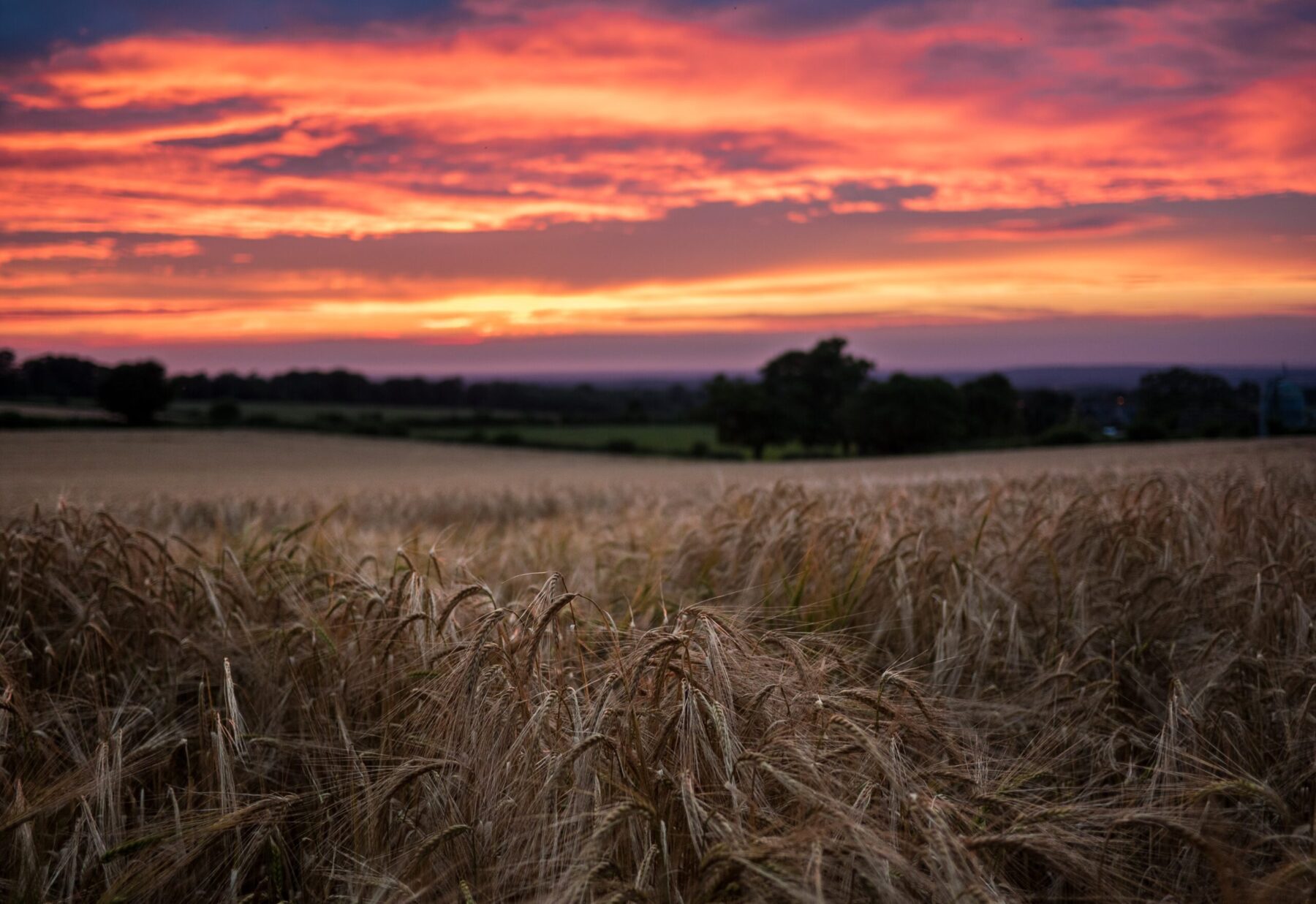The world of agriculture has become enamored with sustainable and regenerative farming practices like no-till farming and planting cover crops. These methods eschew industrial approaches emphasizing fertilizers, pesticides, and disruptive tilling for more symbiotic farming. However, it should be no surprise that these techniques are not new.
The traditional agricultural mythology that dominates the U.S. is that the land was largely untouched until the settlers developed it. However, this is untrue. Indigenous Americans have farmed the soil for generations and have inspired many of the regenerative practices growing in popularity today.
Methods like planting the “Three Sisters,” corn, squash, and beans, create a symbiotic relationship between the plants when cultivated in close proximity. The long stalks of the corn support the bean vines to climb on, while the beans send fertilizing nitrates into the soil, nurturing the corn and squash. Finally, the squash’s prickly leaves protect the plants from scavengers.
While modern techniques aren’t nearly as intertwined as the Three Sisters, today’s regenerative practices like cover cropping or crop rotation have direct lineage to traditional Indigenous approaches.
Other methods like grazing rotations for cattle and bison mimic those used by the Blackfeet people.
Indigenous-based practices have a myriad of benefits in the modern agricultural landscape. They have long been used to develop healthier, more resilient soils by improving the variety of bacteria and fungi. These additions create better soil structure, making it more resilient to erosion and runoff and improving water retention rates and nutrient density.
The improvement in soil health also leads to better quality products. A study by the University of Washington found using regenerative farming practices in crop cultivation and raising livestock over five to 10 years showed drastically improved nutrient values compared to similar farms utilizing industrial farming. On average, crops grown with regenerative approaches contain higher values of vitamins, minerals, and phytochemicals.
“Across the board, we found these regenerative practices imbue our crops with more anti-inflammatory compounds and antioxidants,” explains Dr. David Montgomery, Earth and Space Science professor at the University of Washington and lead author of the study.
Livestock quality also improved, with beef and pork raised using regenerative grazing techniques observed to have higher levels of omega-3 fatty acids than conventionally bred products.
While the ingenuity of traditional Indigenous farming practices has been maintained, the philosophies behind them have not. A-dae Romero Briones of the Cochiti and Kiowa nations is the director of programs for the Agriculture and Food Systems sector of the First Nations Development Institute. She explains a very crucial difference between the industrial and Indigenous approaches.
She describes humans in the industrial or modern agriculture system as separate from or in command of nature. This positioning is quite the opposite of Indigenous philosophies, where humans and nature are completely interdependent. ”The Indigenous universal connection is the idea that you absolutely need to be part of the natural cycles around you, whether they’re negative or positive,” she says. “You need to adjust to them. You’re part of that system.”





